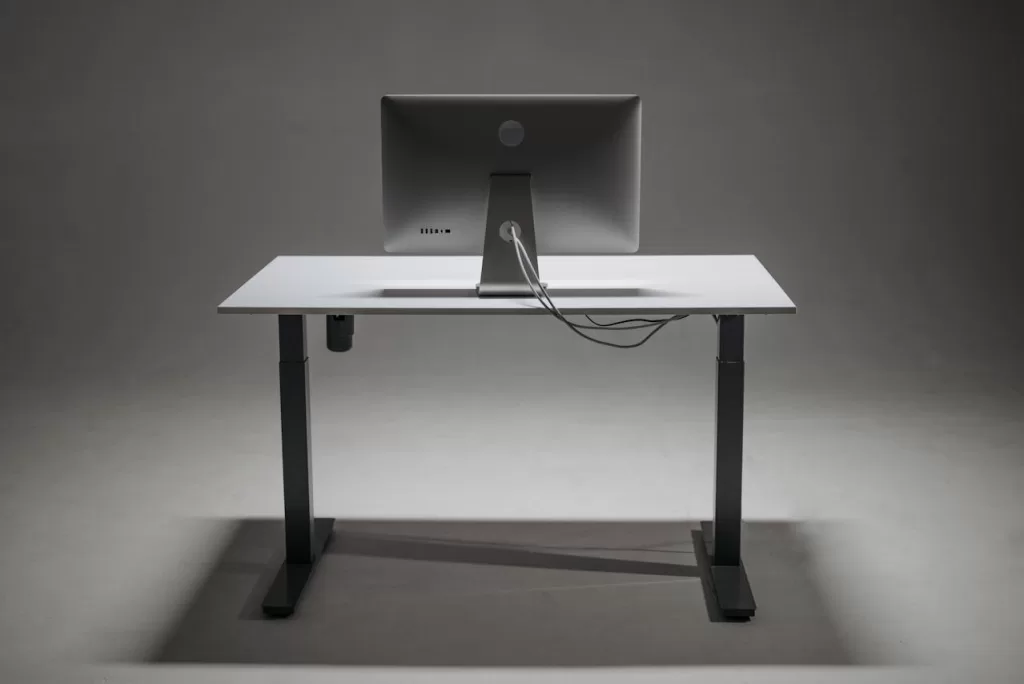Channel NewsAsia recently reported on an unusual social trend in China: the rise of “mock offices.” For a small daily fee, unemployed young people can rent a desk in a staged workplace that looks and feels like a real office. These spaces come with Wi-Fi, computers, communal areas, and even rules designed to mimic professional behaviour. No sleeping, no gaming, no slacking off.
At first glance, it seems a bit odd. Why would anyone pay to “pretend to work”? But in the background lies something more telling. These mock offices are giving young people structure, community, and a sense of identity at a time when stable employment is proving hard to find. They are also a window into the emotional and social pressures that unemployment creates. And for me, it raises questions related to the broader coworking industry.
Why Mock Offices Exist
The CNA article highlighted several personal stories. One participant described how renting a mock office helped him keep a disciplined daily routine. At home, the temptation to sleep late or scroll endlessly on his phone was overwhelming; in the rented office, he felt accountable, focused, and even more optimistic.
Others admitted that part of the appeal lay in appearances. By taking photos in what looked like a “normal” office, they could reassure their parents that life was on track. In a society where family and community expectations weigh heavily, the ability to “perform” employment carries social value even if there is no real job to go to.
Beneath these individual stories is a bigger issue: China’s youth unemployment rate has been stubbornly high in recent years, with competition for desirable roles intense. The cultural phenomenon of “neijuan” , endless competition with diminishing returns, has left many young people feeling both pressured and powerless. Mock offices are, in their own way, a coping mechanism.
Lessons for Coworking Spaces
For those of us looking at the global workplace industry with interest, the mock office trend feels less like an oddity and more like a mirror. After all, what is coworking if not the professionalisation of a simple human truth: people thrive in community, with structure, routine, and shared energy.
Coworking operators have long positioned themselves as more than landlords. The best spaces create connection, accountability, and identity for their members. Entrepreneurs, freelancers, and remote workers choose coworking precisely because the buzz of an office can’t be replicated at home.
Seen in this light, mock offices are a rough, makeshift version of the same principle. They reveal just how strong the demand is for spaces that offer more than four walls and a desk.
So the question becomes: should coworking operators be leaning into this trend?
A Transitional Role
One opportunity lies in positioning coworking as a bridge for people in transition. This could include graduates looking for their first role, mid-career professionals between jobs, or those exploring freelance and start-up paths. Instead of mock offices where people “pretend to work,” coworking spaces could offer real environments where individuals prepare to re-enter the workforce.
This might involve affordable memberships tailored for job-seekers, short-term access packages, or partnerships with local authorities and universities. By designing a tier of membership that supports people during periods of transition, coworking could broaden its relevance while providing meaningful social impact.

An Untapped Talent Pool
There is also potential for talent discovery. Employers are often searching for resilient, motivated individuals who are prepared to invest in themselves. People paying to sit in mock offices, not because they have to, but because they want to maintain discipline and purpose, arguably demonstrate precisely those qualities.
Imagine if coworking operators worked with recruiters, training providers, or mentoring networks to create bridges between these individuals and potential employers. Workshops, informal networking, or career coaching could be embedded into coworking programmes. In doing so, spaces could become talent pipelines, connecting overlooked individuals with organisations eager to find fresh energy and commitment.
Designing for Belonging
The mock office trend also challenges us to think differently about what physical spaces are really for. It reminds us that the workplace is not purely functional; it is also symbolic. To “go to work” is to step into a role, to signal intent, to belong to something larger than oneself.
If young people in China are prepared to pay for an imitation of that belonging, it speaks volumes about what is missing in their daily lives. For coworking providers, this is both sobering and inspiring. It suggests that the design of space should focus not only on aesthetics or amenities but also on emotional needs, ie. stability, identity, and a sense of momentum.
A Closing Thought
Mock offices may seem like a peculiar by-product of China’s labour market challenges, but they hold a lesson that travels far wider. They reveal the deep human need for structure, connection, and a place to belong, even when traditional employment falters.
For the coworking industry, the choice is clear. These spaces can be dismissed as curiosities, or they can be seen as a signal: there is demand for environments that bridge the gap between aspiration and opportunity.
The real opportunity lies in re-imagining coworking not just as a service for businesses, but as a platform for careers, confidence, and community. If the “mock office” is the symptom, then coworking could be part of the cure.
![The [RE]Search Co.](https://re-search.co/wp-content/uploads/2025/02/The-RE-Search-Co-Orange_Grey-png-350x51.avif)












